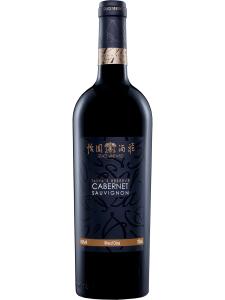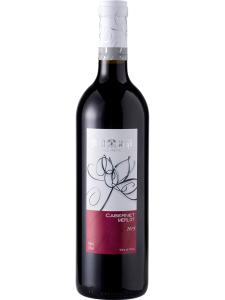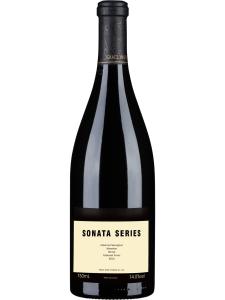-
中文名:中國
-
英文名:China
-
位置:
-
葡萄园面积:公顷
-
葡萄酒特点:
-
产区产量:
-
土壤:
China has emerged on to the global wine scene with unprecedented speed in recent years, both in terms of production and consumption. Currently, it is one of the top 10 wine-producing countries in the world, both in terms of area under vine and of volume produced. The national appetite for wine has correspondingly more than doubled in the past two decades, and only 10% of this is satisfied by imported wines.
China’s wine regions spread across the breadth of the country. On the humid, monsoonal east coast, Shandong, Hebei and Tianjin are responsible for a large amount of China's national production. Fungal vine diseases are a major issue during the growing season here, and heavy spraying is needed to keep the grapes in fair health. Yunnan, in the south of the country, has a similarly humid climate with a long growing season.
The flag of China
Further inland, the regions of Ningxia and Shanxi have become associated with high-quality wine, particularly in the official appellation of Helan Mountain, on the edge of the Yellow River. The dry, high-altitude vineyards here have attracted international winemakers and are producing some world-class wines, including the Helan Qing Xue Jia Bei Lan Cabernet blend that won a major trophy at the Decanter World Wine Awards in 2010. Quality wine production also takes place further west in Xinjiang.
China's indigenous vine species have been cultivated and used to make wine for more than 1500 years, but it was not until the end of the 19th century that wine production gained any form of scale and formality. In the 1880s, more than 100 Vitis vinifera vines were introduced from Europe by a high-ranking official, in much the same manner as James Busby had done in Australia 50 years earlier. The Changyu winery was established in Shandong soon after this in 1892, and retains a significant position in Chinese wine today.
With the birth of the People’s Republic of China in 1949, the communist government became heavily involved in the country’s wine industry. It expanded the wineries and, for economic reasons, instructed that grape wine be blended with that of other fruits and even fermented cereal-based liquids. The legacy of this is that the Chinese word once used for wine – jiu – now refers to almost any potable alcoholic liquid.
At the turn of the new millennium there were an estimated 1.1 million acres (450,000ha) under vine in China, including classic European varieties such as Cabernet Sauvignon, Cabernet Franc and Merlot (the key vines of Bordeaux) that were introduced by foreign investors along with Western winemaking techniques. Today, many international wine companies have interests in China, including Moet Hennessy, Remy Cointreau, Pernod Ricard, Torres and the Bordeaux families of Lurton and Barons de Rothschild (of Cheval Blanc and Lafite Rothschild respectively).
China’s wine industry has experienced unprecedented growth in the past decade, and millions of dollars have been invested in establishing a wine tourism industry. However, this growth has not been without controversy: wine counterfeiting has been a major issue and the quality of Chinese wine is thus far patchy, ranging from excellent to undrinkable.




